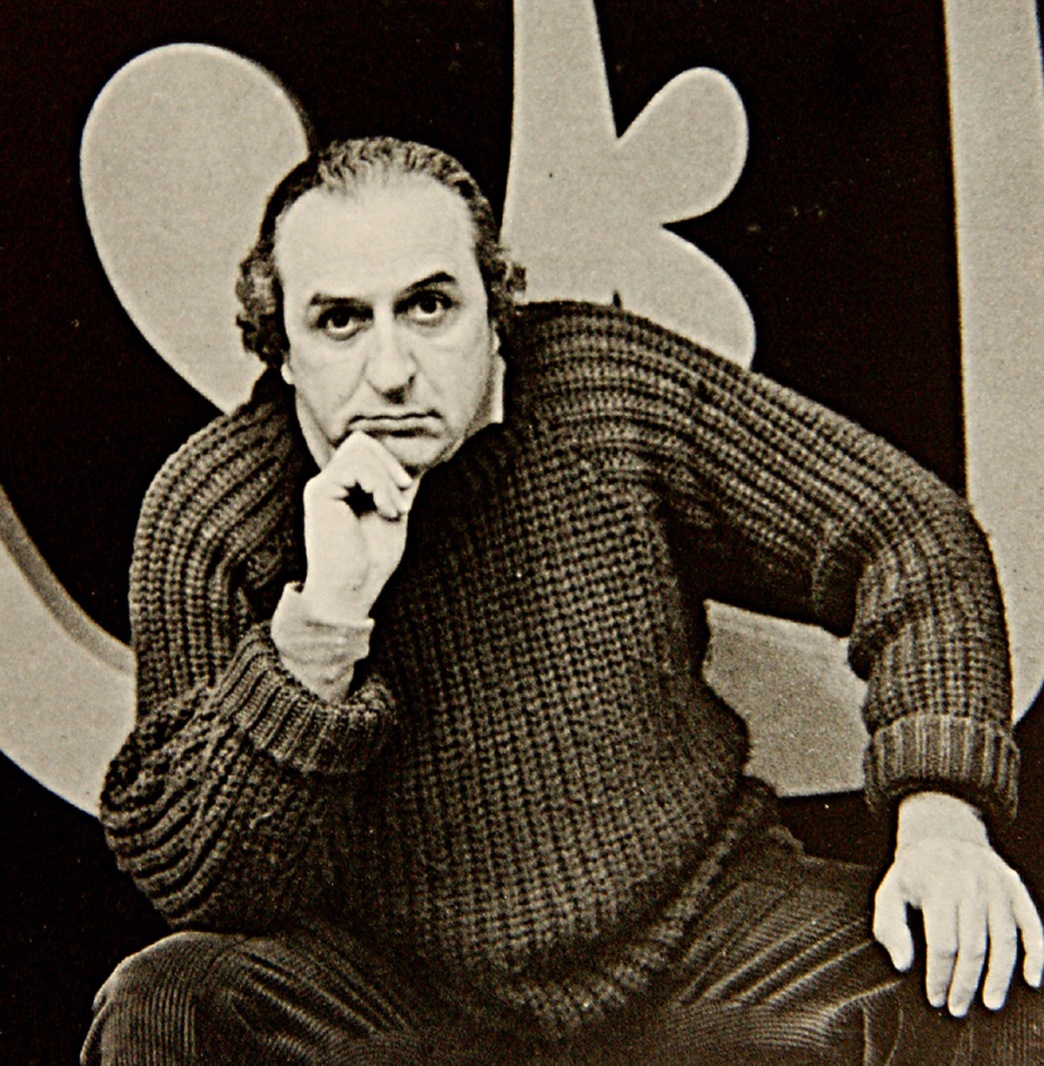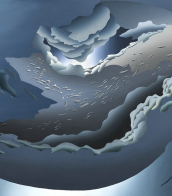art car

Arturo Herrera is a Venezuelan-born American and German painter, graphic artist and sculptor who has lived and worked in Berlin since 2003.
Herrera came to the United States in 1978, studied art at the University of Tulsa, traveled in Europe, and attended graduate school at the University of Illinois at Chicago. In New York, he began collecting coloring books, comic books, and illustrated fairy tales. In the early 1990s, he became known for his extensive works in various collage techniques. Herrera seems to weave fragments of found recognizable images into collages.
Herrera's oeuvre includes works on paper, paintings, reliefs, sculptures, public art and books. In the late 1990s, the artist began creating wall sculptures out of felt: cut pieces of material are suspended, creating colorful "blobs". The resulting images often balance between abstraction and figuration, with echoes of 1950s-1960s Pop Art and early 20th century Surrealism, Art Nouveau, lyrical abstraction and Cubist collage.


Carlo Scarpa was an Italian architect, influenced by the materials, landscape and the history of Venetian culture, and by Japan. Scarpa translated his interests in history, regionalism, invention, and the techniques of the artist and craftsman into ingenious glass and furniture design.


Carlo Scarpa was an Italian architect, influenced by the materials, landscape and the history of Venetian culture, and by Japan. Scarpa translated his interests in history, regionalism, invention, and the techniques of the artist and craftsman into ingenious glass and furniture design.


Carlo Scarpa was an Italian architect, influenced by the materials, landscape and the history of Venetian culture, and by Japan. Scarpa translated his interests in history, regionalism, invention, and the techniques of the artist and craftsman into ingenious glass and furniture design.


Carlo Scarpa was an Italian architect, influenced by the materials, landscape and the history of Venetian culture, and by Japan. Scarpa translated his interests in history, regionalism, invention, and the techniques of the artist and craftsman into ingenious glass and furniture design.


Carlo Scarpa was an Italian architect, influenced by the materials, landscape and the history of Venetian culture, and by Japan. Scarpa translated his interests in history, regionalism, invention, and the techniques of the artist and craftsman into ingenious glass and furniture design.

Carl Andre is an American minimalist artist known for his sculptural works made of industrial materials such as metal plates, bricks, and concrete blocks. He was a key figure in the Minimalist art movement of the 1960s and 1970s, which emphasized the use of simplified forms and materials.
In the 1960s, Andre began creating his signature floor sculptures, which consisted of standardized units of metal, wood, or other materials arranged in simple geometric patterns directly on the ground. His work was often controversial, as many critics saw it as overly simplistic or even nihilistic. However, Andre's sculptures were also celebrated for their understated beauty and their ability to challenge traditional notions of art and sculpture.
Throughout his career, Andre has exhibited his work in major museums and galleries around the world. Andre continues to live and work in New York City, where he remains an influential figure in the art world.


Carel Victor Morlais Weight was an English painter.
During the Second World War, Weight served with the Royal Engineers and the Army Education Corps. As an Official War Artist in 1945, he worked in Austria, Greece and Italy.


Martin Noel is a contemporary German painter and graphic artist.


McArthur Binion is an American artist based in Chicago, Illinois.
McArthur Binion's work primarily consists of minimalist abstract paintings, created using crayons, oil stick, and ink, often on rigid surfaces such as wood or aluminum. For many years, Binion has been incorporating laser-prints as a collaged ground on top of which he applies other mediums.



Carl Buchheister was a German constructivist artist noted for his multiple series of "model paintings"at Galerie Lambert Weyl, Paris. which he began in 1925. He was born in Hanover, Germany. Although he was not officially part of the Bauhaus movement, Buchheister was a close friend of Wassily Kandinsky and paralleled many of the social and artistic goals of the Bauhaus school. With regard to constructivism, Buchheister was typically more playful and improvisational than his contemporaries, becoming interested in the Dada movement after a collaboration with Kurt Schwitters in the late 1920s which led him to incorporate more varied materials such as acrylic glass, aluminum, wood, and twine into his compositions. This direction was given much freer rein after World War II and the end of Nazism. He died in Hanover in 1964.


Oscar Murillo is an artist working within the painting tradition. He currently lives and works in various locations.
In 2019, he co-won the Turner Prize after requesting with his fellow nominees (Tai Shani, Helen Cammock, and Lawrence Abu Hamdan) that the jury award the prize for the first time to all four nominated artists.
Oscar Murillo works across painting, installation, and performance, often using draped black canvases, large-scale paintings composed of stitched-together fragments, and metal structures evoking autopsy tables and rock-like sculptures formed of corn and clay. His practice can be understood as a sustained and evolving investigation of community, informed by his cross-cultural personal ties between Colombia and the UK.


Arturo Carmassi was an Italian abstractionist painter, sculptor, and printmaker.
He studied at the Albertina Academy in Turin. Carmassi created many images, sculptures and engravings on metal and worked in lithography and silkscreen. He has participated in numerous exhibitions and biennales and is an internationally recognized sculptor.

Carl Andre is an American minimalist artist known for his sculptural works made of industrial materials such as metal plates, bricks, and concrete blocks. He was a key figure in the Minimalist art movement of the 1960s and 1970s, which emphasized the use of simplified forms and materials.
In the 1960s, Andre began creating his signature floor sculptures, which consisted of standardized units of metal, wood, or other materials arranged in simple geometric patterns directly on the ground. His work was often controversial, as many critics saw it as overly simplistic or even nihilistic. However, Andre's sculptures were also celebrated for their understated beauty and their ability to challenge traditional notions of art and sculpture.
Throughout his career, Andre has exhibited his work in major museums and galleries around the world. Andre continues to live and work in New York City, where he remains an influential figure in the art world.


Carlo Alfano was an Italian painter and graphic artist.


Carlo Scarpa was an Italian architect, influenced by the materials, landscape and the history of Venetian culture, and by Japan. Scarpa translated his interests in history, regionalism, invention, and the techniques of the artist and craftsman into ingenious glass and furniture design.




































































